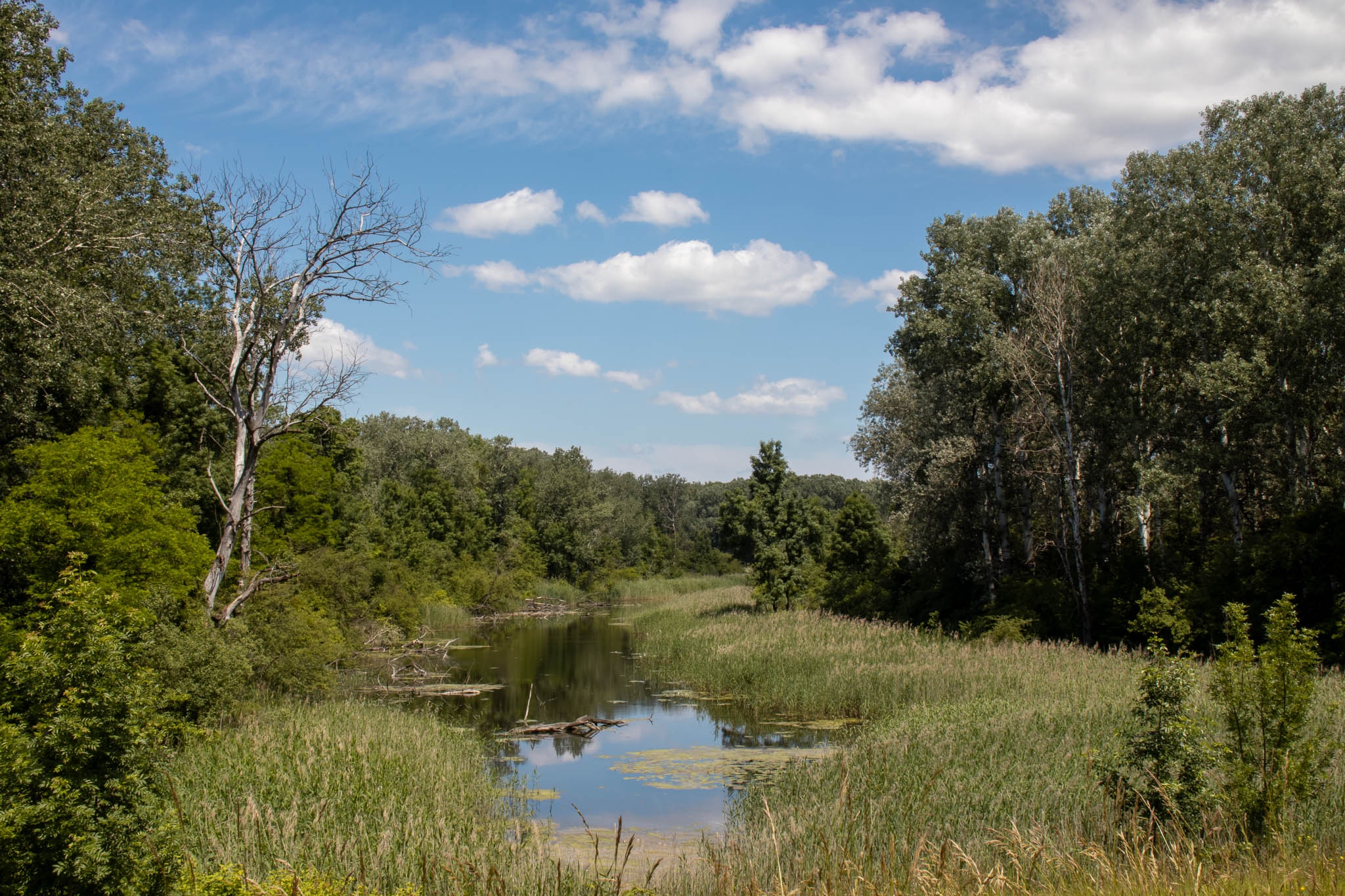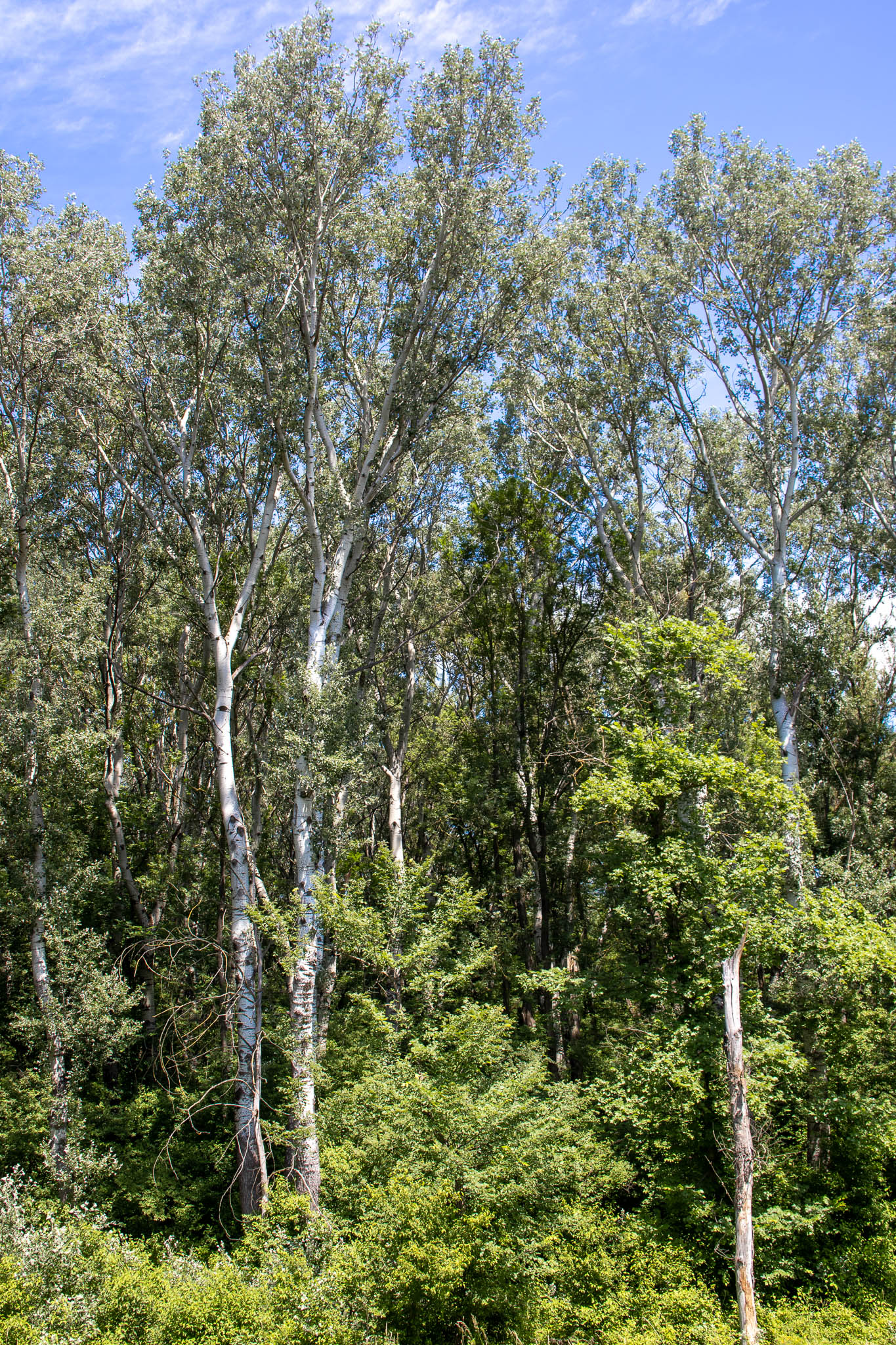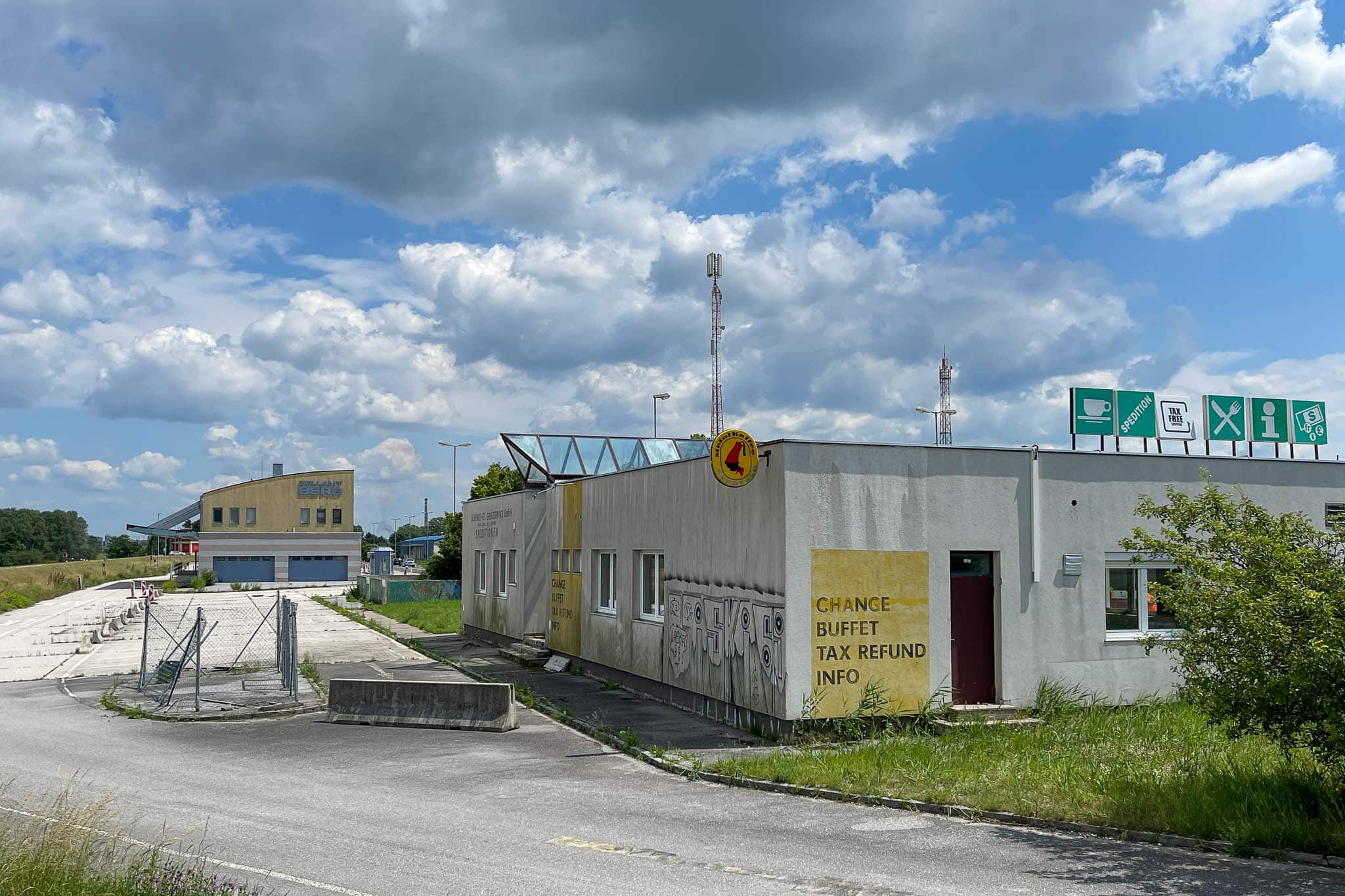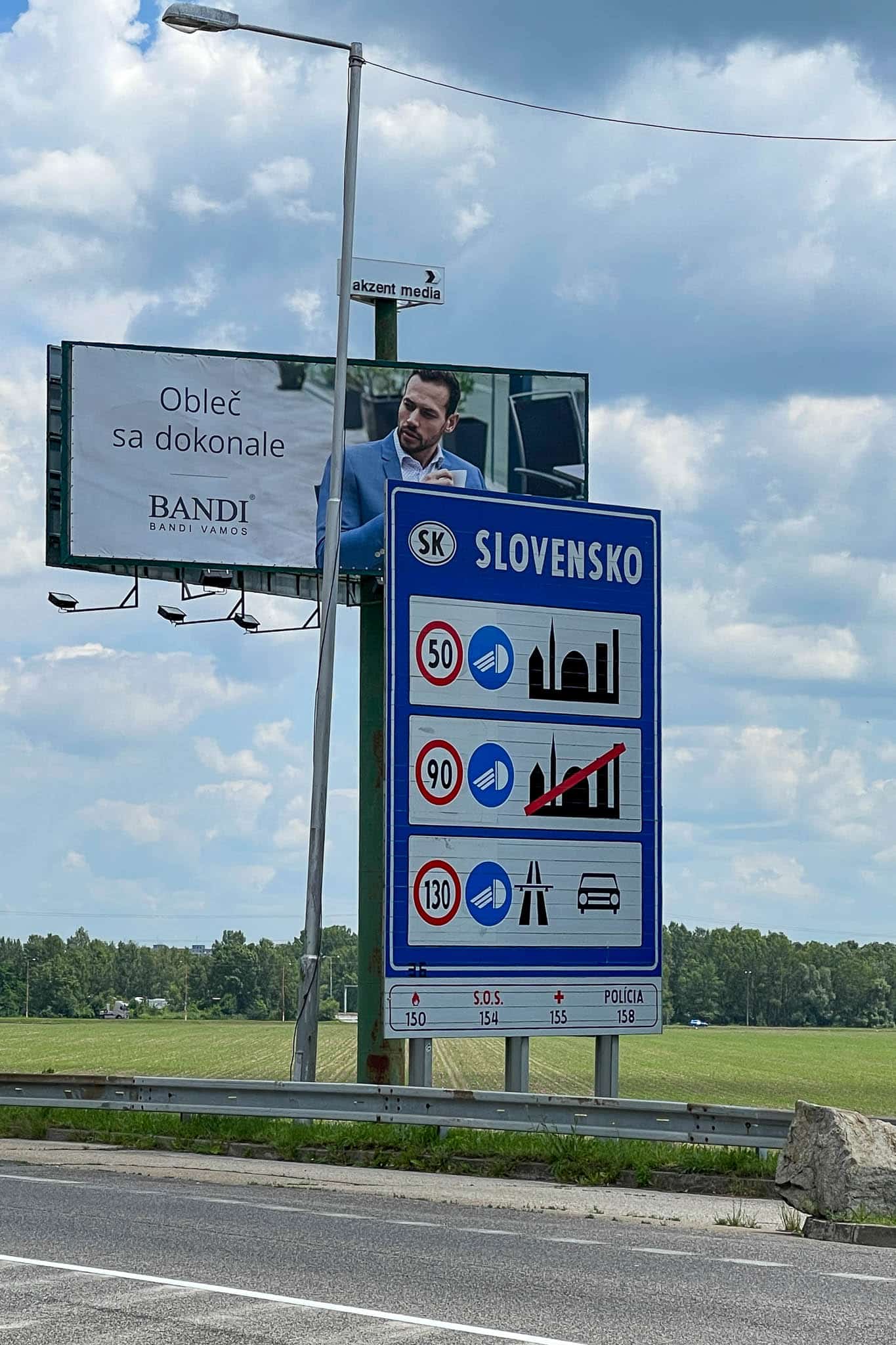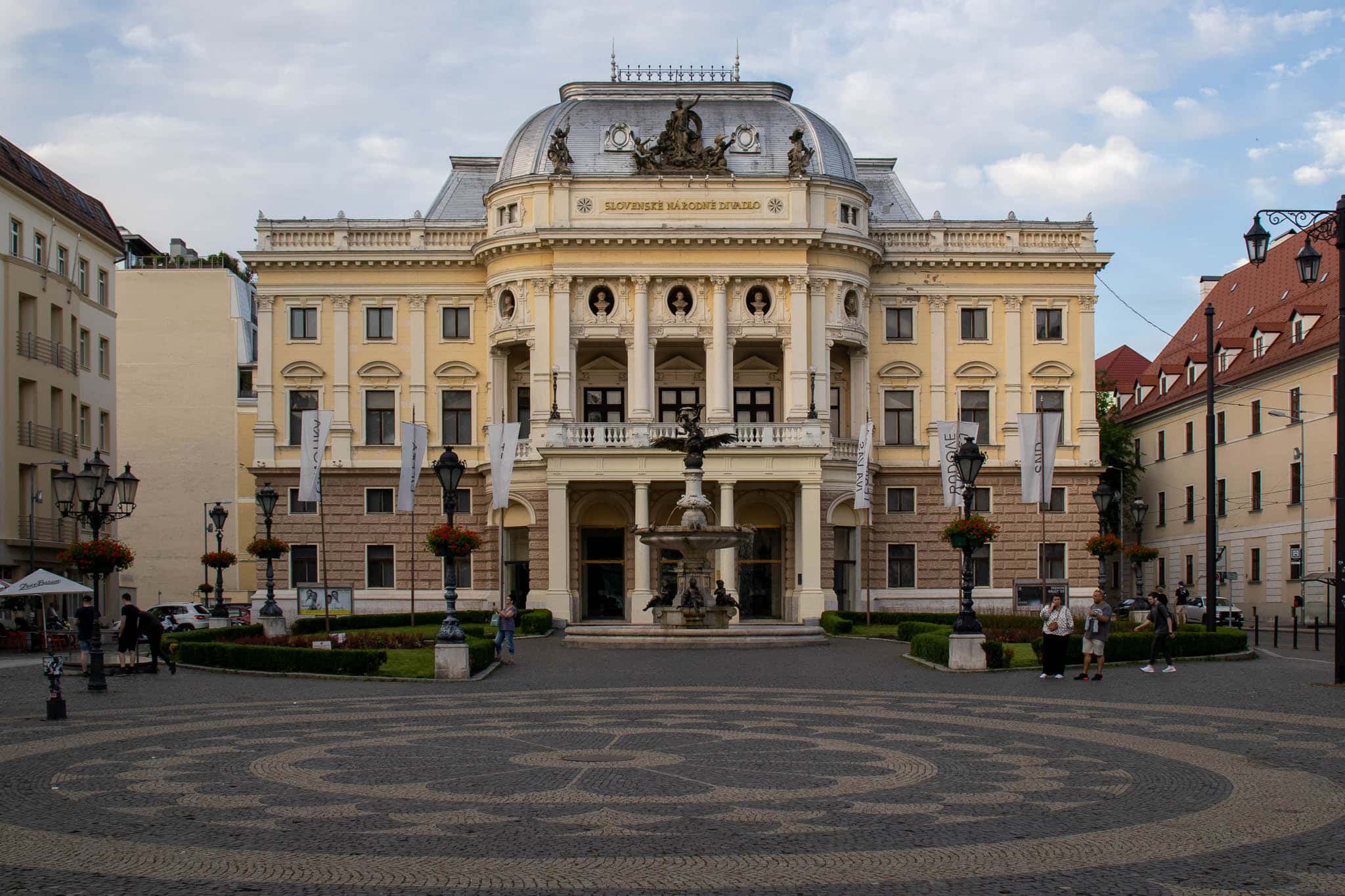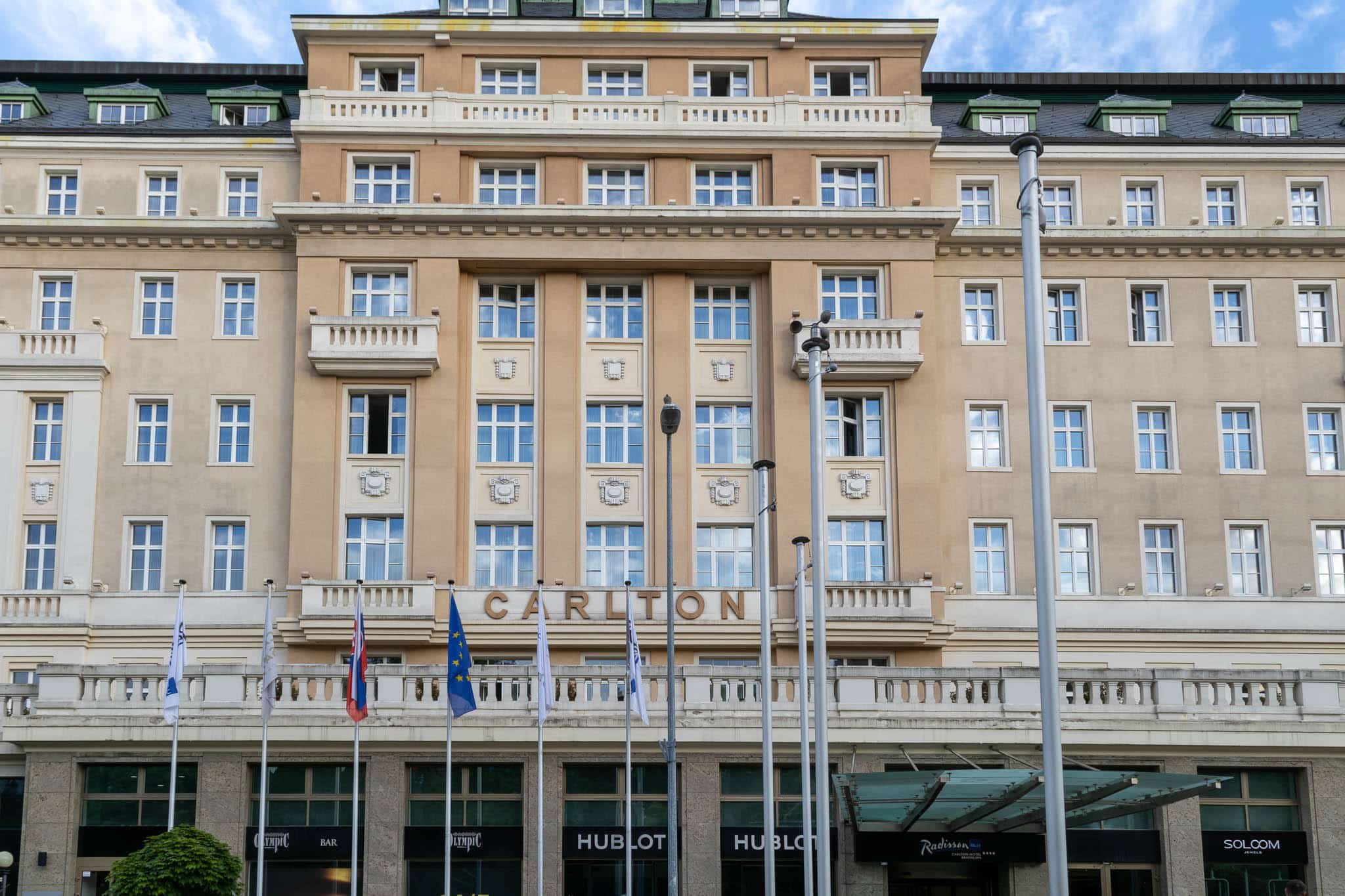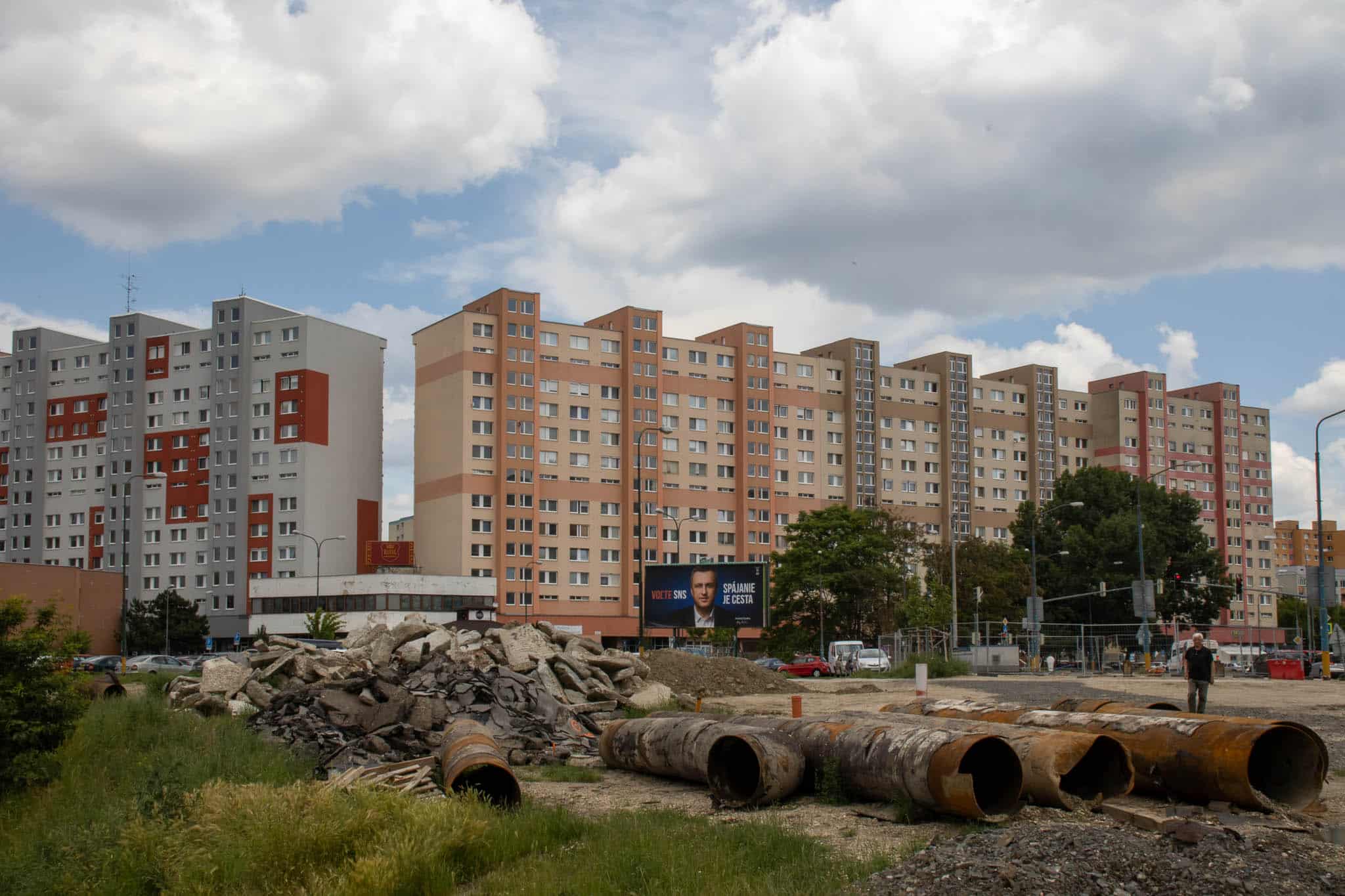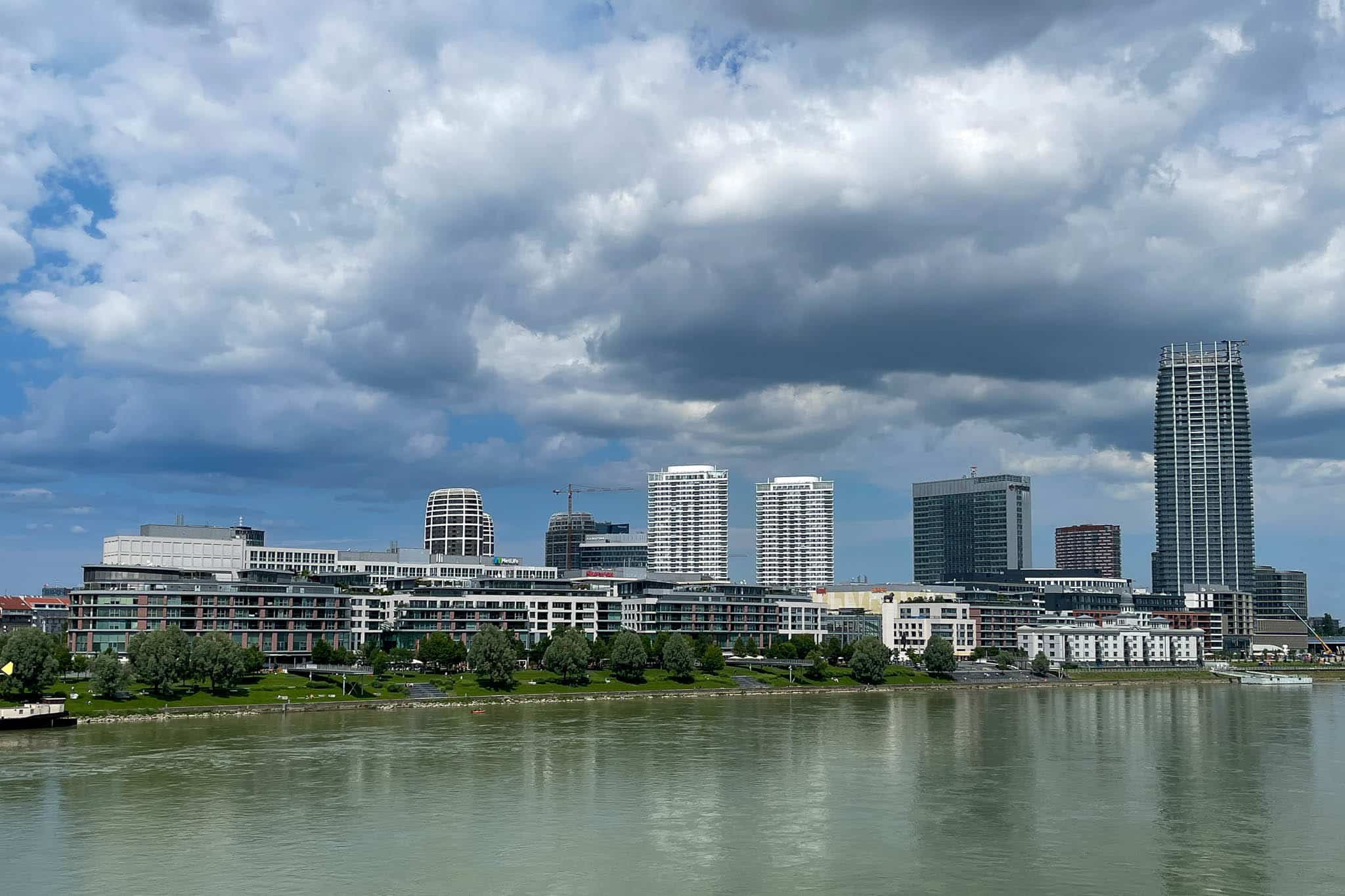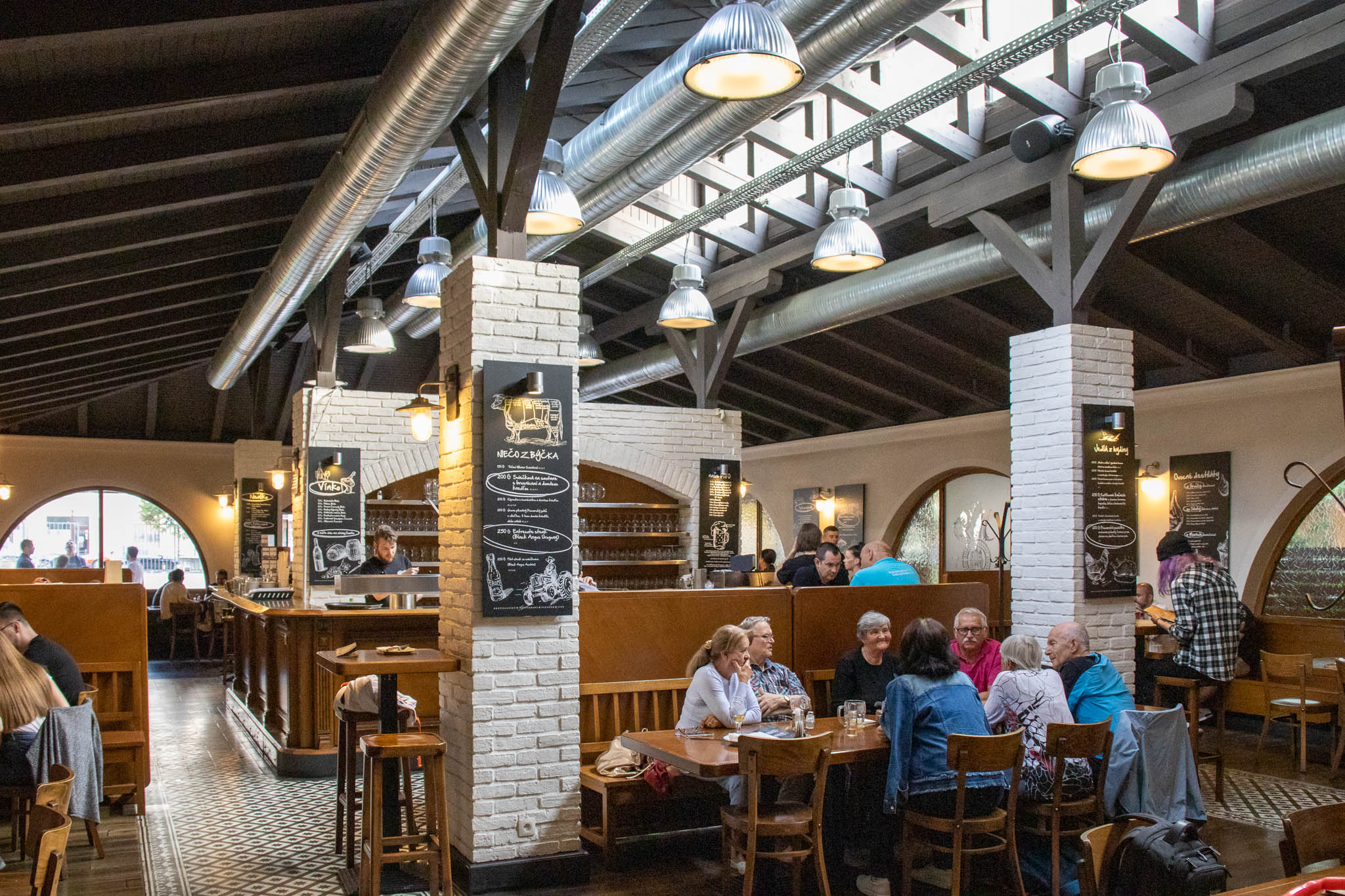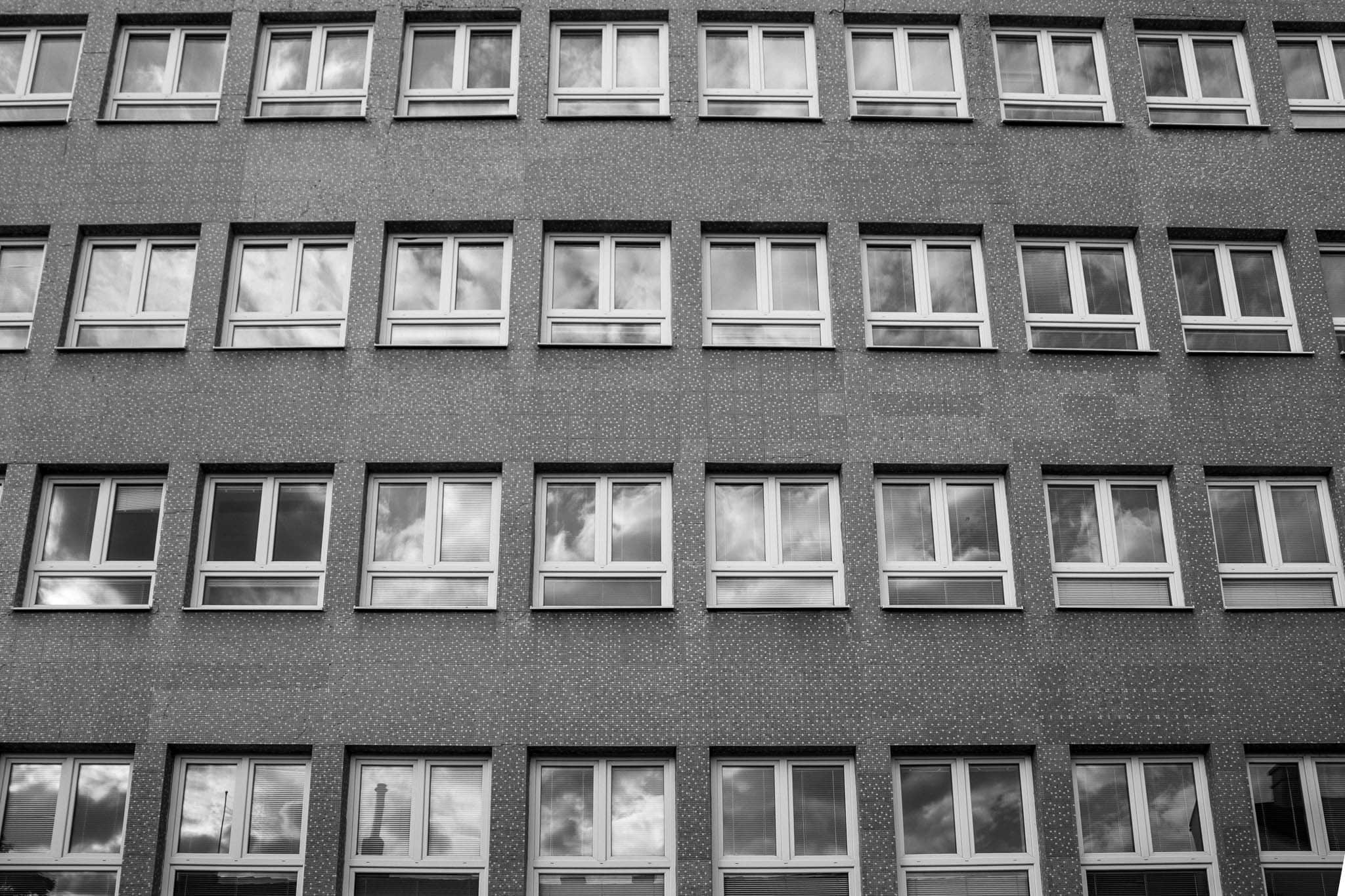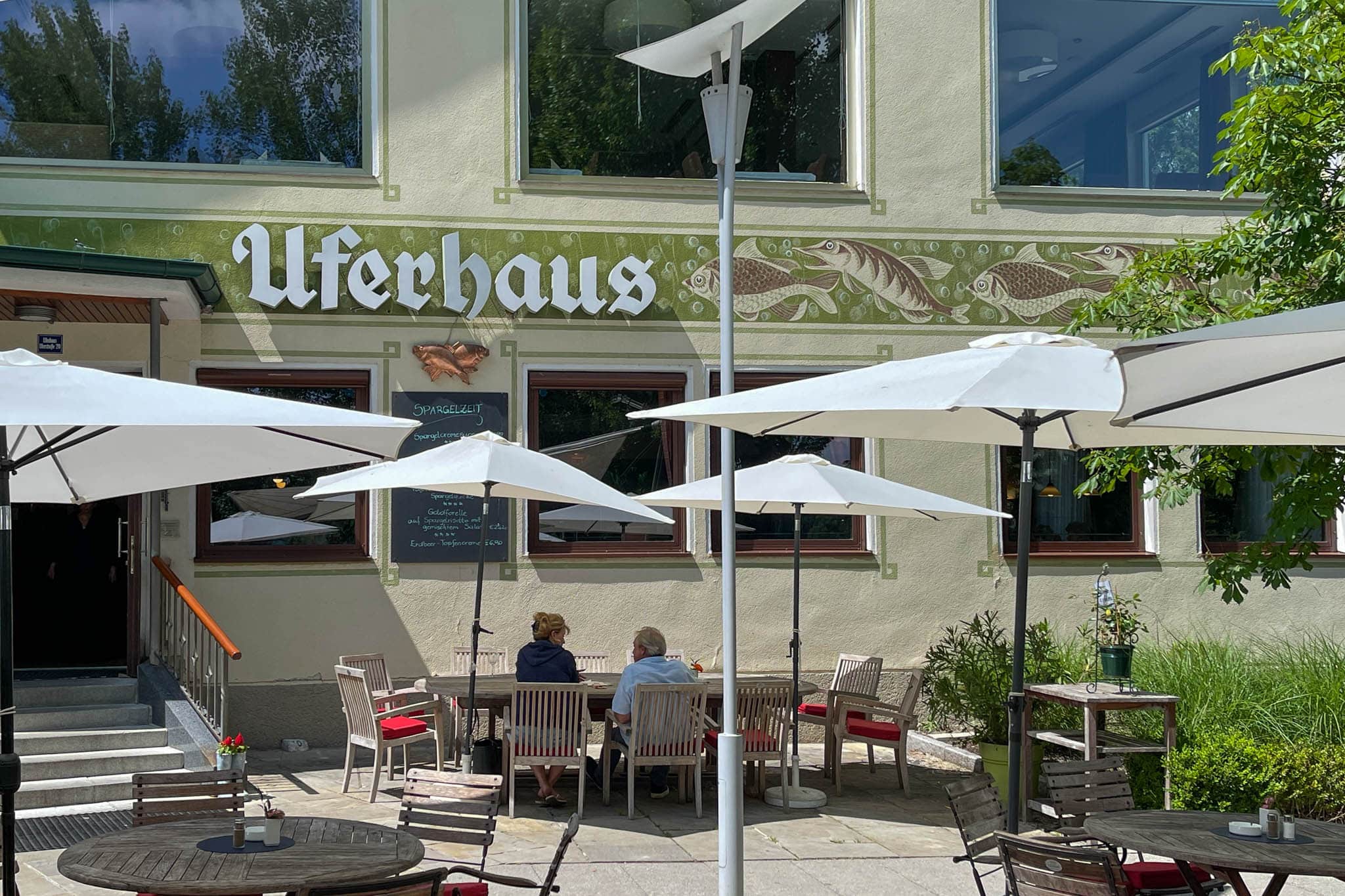Crossing the former iron curtain by bike. Bratislava. Slovakia

I grew up on the easternmost rim of Western Europe during the Cold War. Up until 1989, the so called “iron curtain” that separated Western Europe from the East Bloc was just 50km to the east of my home town Vienna. How lucky I was to have been born on the “right” side of the fence.
Nowadays, I enjoy travelling to our eastern neighbouring countries. We share so many traditions, and a culture, that has evolved over many centuries of common history, most notably the Habsburg Empire. Join me in crossing the iron curtain by bike.
The bike trail to the east leads through an amazing national park (Donau-Auen), that is one of the largest remaining floodplains of the Danube in Central Europe. It is habitat to more than 30 mammals, 100 species of breeding birds, 8 reptiles, 13 amphibian species, and around 50 species of fish.
Today, there are basically no border controls whatsoever anymore. You only realize that You have crossed the border through the sign indicating the speed limits on Slovak streets. And an ad billboard in Slovak language.
The Slovak National Theatre on the main Square was built in the 1880s. Today it hosts performances of drama, opera as well as ballet.
The building of the Hotel Radisson Blu Carlton dominates the main square. It has the look of an old Grand Hotel, which in fact it never was. The main structure dates from the 1920s.
Slovakia is definitely heartland of beer culture. Bratislavsky Mestiansky Pivovar was founded in 1752 and is a traditional beer drinking place, with a nice, modern touch.
On a culinary note, there are legendary fish eateries along the Danube. This one – the “Uferhaus” in Orth an der Donau has gained its reputation over several decades.

